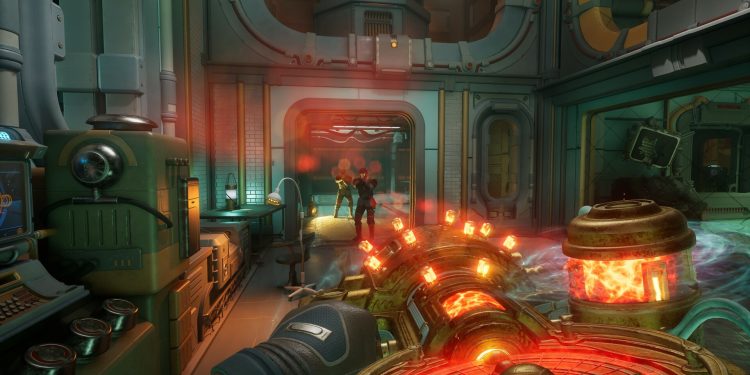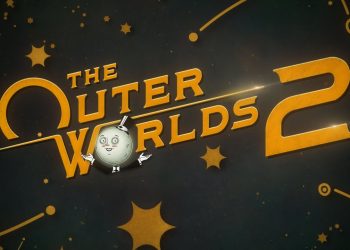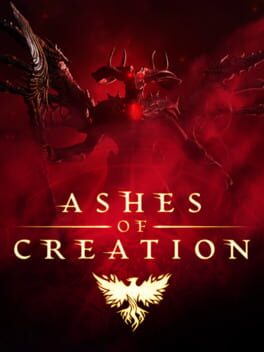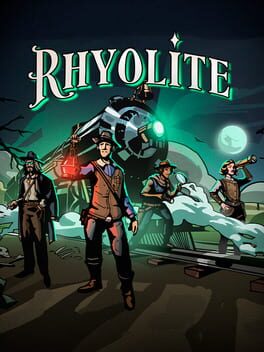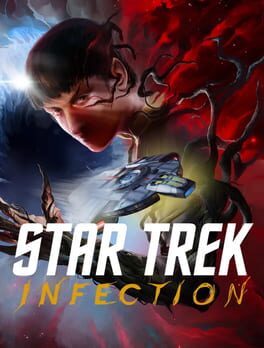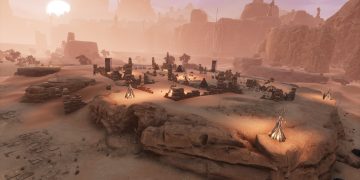The Outer Worlds 2 removes the usual respec safety net familiar to modern RPG players – once the prologue ends, your Skills and Perks are fixed for the rest of the run. That design decision came straight from game director Brandon Adler in an interview with GamesRadar, who framed the choice as a way to make early decisions carry through the narrative.
What it means in practice
After the short opening sequence you no longer have an in-game option to reset skill points or swap Perks. That applies even if a build turns out to be unintentionally weak or you change how you want to play later. Perks influence dialogue and major story beats, while Skills affect how you approach encounters and explore the world, so Obsidian has tied mechanical choices closely to story outcomes.
Why Obsidian did it
Adler explained that the intent is simple: choices should matter. He argued that allowing players to respec freely would undercut the narrative weight of early decisions, and he compared respecbing gameplay to respecbing the story itself. The game also leans into imperfection with a Flaw system that makes odd or limiting decisions part of the character’s identity, and players can pivot future level-ups to build toward a new direction if they want to recover from a weaker start.
This is a different approach compared with some recent Obsidian titles, and it shifts the emphasis toward long-term consequences. Our own launch coverage of The Outer Worlds 2 looked at other design choices and platform availability, and readers hunting for mechanical help can also consult a developer guide to the game’s systems in our coverage. For a quick read on how the lack of a respec option plays out, GamesRadar’s piece includes examples and developer comments, plus a short explainer of the game’s skill and Perk systems. If you want pointers on strong builds, GamesRadar also maintains a list of the best skills in The Outer Worlds 2.
Should players be worried? Not necessarily. The restriction raises the stakes on early choices, but the game provides tools and progression paths to recover or lean into mistakes. Players who prefer full freedom may find the design frustrating, while those who like consequences will find each decision carries more weight. For more on the game’s features, including the optional third-person mode that has been discussed since reveal, see our earlier coverage of third-person mode and our launch report.
If this approach sparks debate among players, that’s the point – the game is built so choices carry forward. Tell us what you think and how your first build felt after a few hours.

